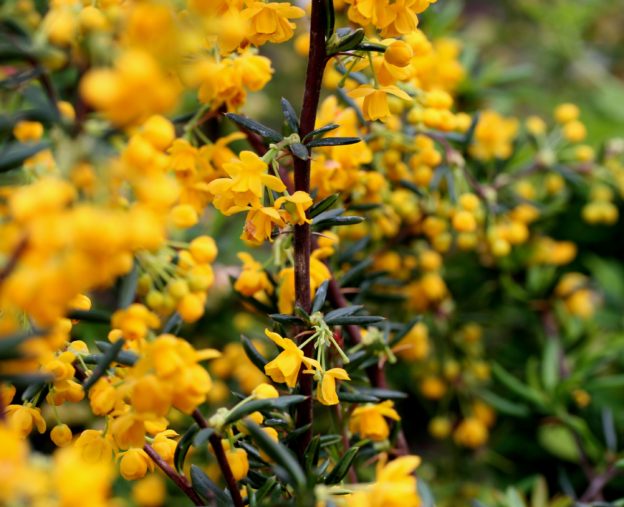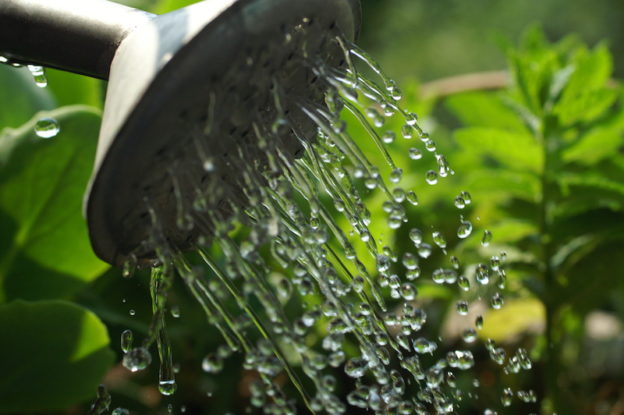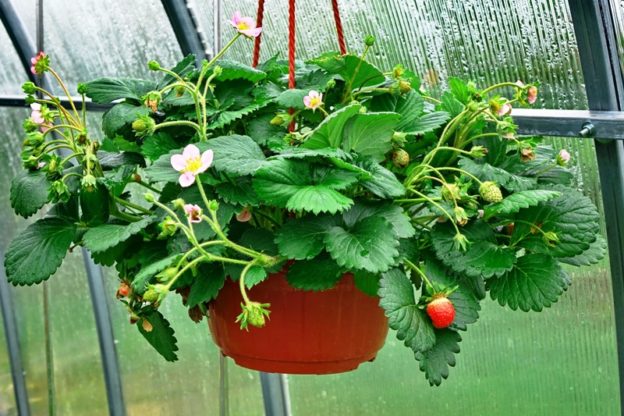Cutting is the most popular propagation technique for a huge number of plants and is reliable and relatively simple once you have got the hang of it following our simple guide. Cuttings can be taken throughout the year of different types of plants, this month is the right time to be taking softwood cuttings from late-flowering shrubs, namely Hibiscus and Hydrangeas.
Types of cuttings
The terminology surrounding cuttings can be very confusing, to simplify it ther are generally three types of cutting;
- Softwood cuttings;these are taken in spring. They are the soft growth of new stems, sideshoots or shoot tips. The ideal size for a softwood cutting is up to 4 or five leaves and a length of about 10cm.
- Semi-ripe cuttings; these are taken between midsummer and late autumn; within this time new stems will have got longer and stronger, they are thus firmer and more mature than softwood cuttings. The ideal size for these cuttings is slightly longer than before, between `0 and 15cm, this length must also have at least an inch of firm wood at the base.
- Hardwood cuttings; these are taken in late autumn and the beginning of winter. They are one-year old stems that will be woody by this time. The ideal length here is much longer; usually around 25cm but for some trees it can be up to almost a metre.
Taking the cutting general tips
- Take cuttings early in the day when the plants still have plenty of water
- Keep them in a polythene bag to prevent moisture loss
- Take them from younger and healthier plants for the most successful rooting
- Take non-flowering shoots from lower branches for heightened rooting
Methods of taking cuttings
The way the cutting is removed can affect its rooting ability. These are the most common methods;
- Nodal;this involves making a cutting at the bottom of a stem just below the node (a leaf joint) where there are a lot of hormones.
- Internodal;this is a cutting made between twio nodes (leaf joints)
- Heel;this is the best method for evergreens and thin stemmed shrubs. A heel cutting is made by carefully pulling a ripening shoot from the thicker stem so that some of the parent stem stays on the new shoot. The ‘heel’ from the parent plant means that more moisture is retained along with nutrients that help with the rooting.
- Wounding;this is not a method of cutting but instead a way to encourage successful rooting and can be done to any of the above cuttings. ‘wounding’ the cutting is the removal of some bark from one side of the base of the cutting. A larger surface area of the stem is thus exposed meaning that more moisture and rooting stimulants can be absorbed.
Rooting
Now that you have taken a cutting, you must put it in a suitable environment to promote root development. Here is our simply guide to the next steps;
- Remove the lower leaves from the cutting
- Dip the cutting in hormone rooting powder (see in store)
- In a container of compost make a hole for the cutting and place the cutting into the compost so that the first pair of leaves are just above the compost.
- Label the pot clearly, to avoid any confusion later, and when you took the cutting to track its progress.
- If you have a heated propagator then you will next use that, however a warm window sill will be sufficient. If you are using a windowsill, cover the container with a plastic bag to prevent wilting. If you are using this method it is important to allow the cutting two 10 minutes of ventilation each week.
- The cuttings should be in light, but not direct and hot sunlight. A fleece can be used in order to soften the light.
- Make sure that the compost is moist throughout the rooting period.
- Most cuttings will take between 6 and 10 weeks to root successfully
- After your cuttings have successfully rooted they should be hardened off for around 10-14 days whilst gradually increasing ventilation and then individually potted.















